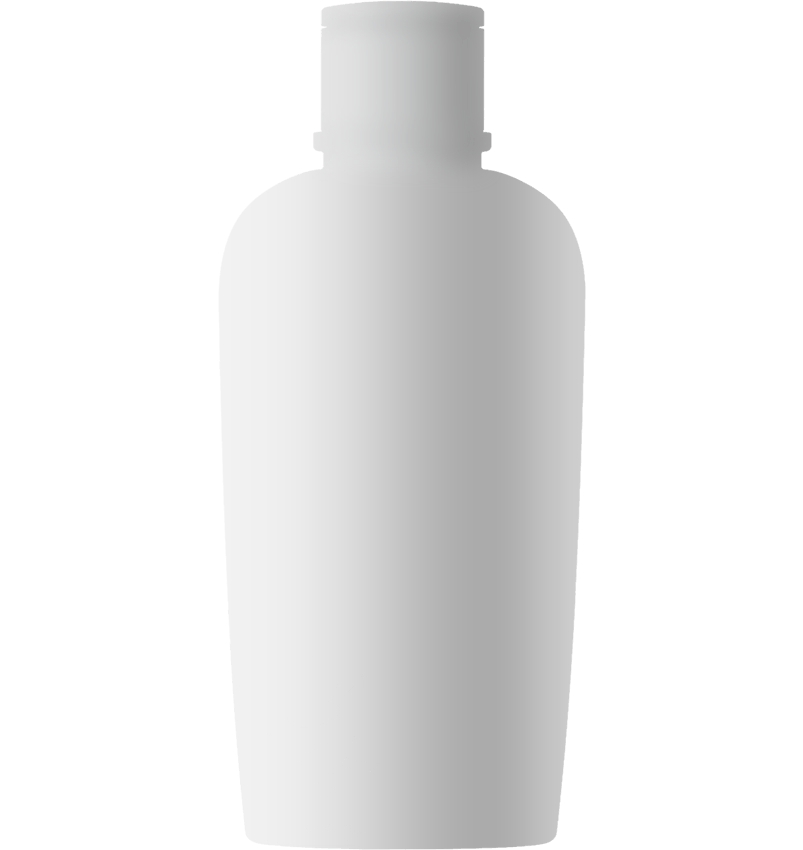Understanding Facial Fat Injection: A Natural Volumizing Solution
Facial fat injection represents a significant advancement in facial rejuvenation. This dual-benefit procedure delivers natural-looking volume enhancement while avoiding artificial fillers. Our surgical expertise enables precise harvesting, processing, and injection of fat cells to ensure optimal survival and long-term results. The procedure’s versatility extends to various facial areas, including cheeks, temples, lips, and areas of volume loss due to aging or previous conditions.




